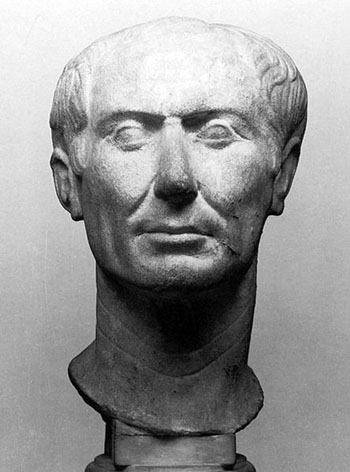What You Need to Know:
• Be very careful with the dates in family records before 1752. Prior to 1752, the first day of the new year in England began on March 25th. Thus, for example, 10 February 1750 would actually be in the year 1751 using the modern calendar.
• You will often see the notation n.d. and o.d from historic letters and records in the years following 1752. Genealogists also use this notation. This refers to whether the date is stated in the new date format (Gregorian calendar) or the old date format (Julian calendar).

• It is worth spending the time to familiarize yourself with the difference between the Julian calendar and the modern (Gregorian) calendar if your family records go back before 1752. We have specifically written a separate article Understanding Julian Calendars and Gregorian Calendars in Genealogy to address this issue.
What You Need to Know:
• Before 1754, Anglican canon law stipulated that banns should be called or a marriage license obtained before a marriage ceremony could be conducted. Furthermore, the marriage ceremony was to take place in the resident parish of one of the participants and the celebration was to be overseen by a clergyman in a church. Certain clergyman, however, were prepared (for a fee) to dispense with these conditions and perform the ceremony wherever it was convenient, which often meant outside of a church. The most notorious location for these so-called clandestine marriages was London’s Fleet Prison, which saw 217 marriages on the day before Hardwicke’s Marriage Act can into effect. Clandestine marriages, which were common, ceased once the legislation came into effect.
• It is much easier for genealogists to trace marriages in England and Wales after the Marriage Act came into effect in 1754 because after this date not only were clandestine marriages prohibited, but all marriages required banns (or a license), had to be performed in a church and had to be properly recorded on standardized printed forms in a bound volume and signed by both parties and witnesses. In other words, Hardwicke's Marriage Age significantly tightened the rules governing marriages and improved recording keeping.
• Jews and Quakers were specifically exempted from the provisions of the Marriage Act, as was the British Royal Family (an exemption that still stands today). Roman Catholics and nonconformists were not exempt. These other denominations, however, continued to have a strong financial incentive to get married in an Anglican ceremony. In particular, under certain circumstances, proof of an Anglican marriage was necessary to recognize legitimate children (for the purposes of a will) and to collect pensions.
• The Book of Common Prayer of 1662 gives the prohibited marriage list. One thing to note about the prohibited list is that it did allow marriage between first cousins (the risk of genetic defects was not appreciated until much later). As well, even the prohibited marriage list was not always followed.
• Some estimates suggest that between 2 to 3% of all English marriages involved first cousins.
• Prior to Hardwicke’s Marriage Act in 1754, the age of consent was 14 for boys and 12 for girls, so many couples did not take kindly to the new government requirement to wait until the age of 21 to get married. People could still get married under the age of 21, but they required parental consent, which was often not forthcoming. As well, some couples who were close to 21 simply lied about their age to avoid the parental consent issue.
• Hardwicke’s Marriage Act did not apply to Scotland. As a result, a small cottage industry sprang up at various Scottish boarder villages catering to young English couples wanting to elope. The Scottish villages of Coldstream Bridge, Lamberton, Mordington, Paxton Toll and especially Gretna Green performed an inordinate number of marriage ceremonies for English couples. It is always worth checking marriage records for your ancestors in these towns, especially if you suspect that your ancestors may have married under the age of 21 (which required parental consent in England but not in Scotland).

